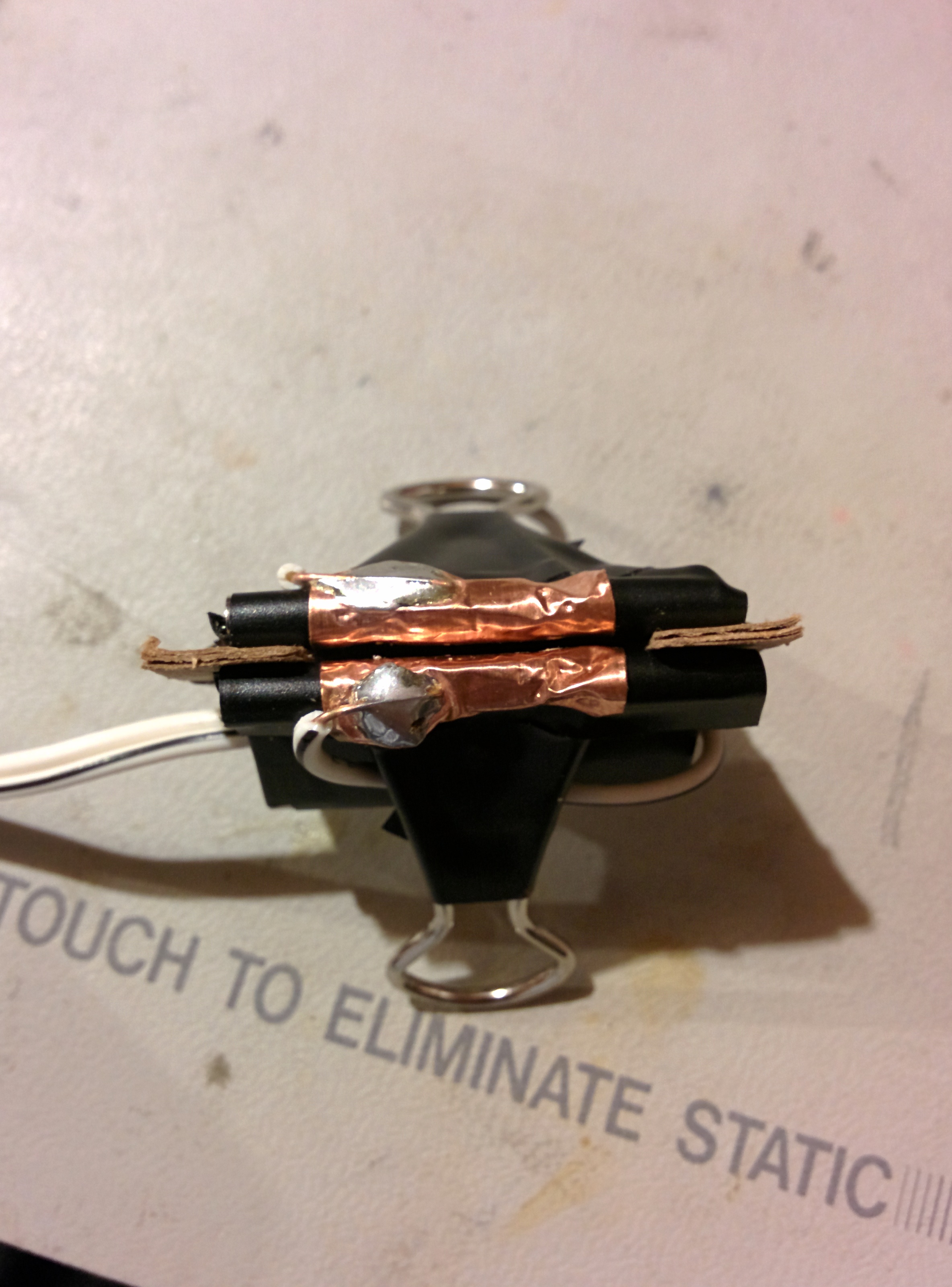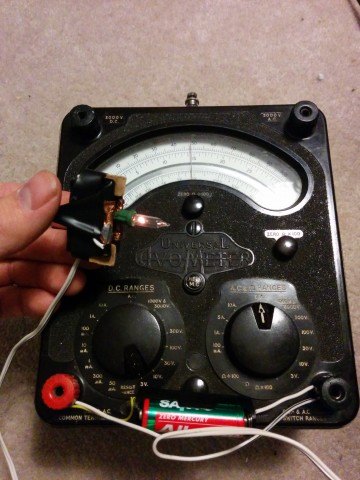My love-hate relationship with pre-lit trees

It's that time of year where we start to pull out the Christmas decorations. Now before you start, yes - I know it's only November, but when you have six trees to put up and decorate along with all the other decorations, you need to start early. If you've looked at Christmas trees in the shops recently, you'll see that there's a big trend toward pre-lit trees. If you haven't, the idea is that instead of having a long string of lights in a box that you have to slowly unwind onto the tree, the tree has several strings of lights already attached to the branches so all you have to do is fluff the branches and plug it in.
Incandescent Christmas lights are pretty neat little things. They're not just a simple filament bulb - they also have a shunt which is intended to short out the bulb in the event that the filament breaks. This means that when you have a long strand of bulbs wired in series and one fails, it doesn't cause the whole strand to go out. It usually works, but not all the time. As bulbs fail short, the overall resistance of the strand drops, and in accordance with Ohms law, the current in the strand increases. This in turn means that the likelihood of another bulb failing increases, and so on until either a bulb fails open or the whole strand is toast.
So far this pre-lit tree thing sounds great, eh? Now here's the rub - when you have a standalone strand of lights, you can plug it in and instantly see if you have bulbs which have failed to short (they'll be off, but the other bulbs lit) or if you have bulbs that failed open, you can perform a quick binary search to find the dead bulb and away you go. On a pre-lit tree that's not so easy - you can't easily spot bulbs that have failed to short, because finding an unlit bulb buried away somewhere in the middle of a tree isn't the easiest thing to do; and when a bulb fails open you can't easily do a binary search to quickly find which one died. The end result is that you have to go through every bulb on a strand testing it individually to find the ones that died, and then replace them one at a time.
Enter the little clip I whipped up in the basement pictured at the top of this post. I was pulling bulbs one at a time from the strand, testing them with a multimeter, then either putting them back or replacing them when it occurred to me that it would go a lot quicker with a socket to plug the lights into. As I didn't have a spare strand of lights to cannibalise for a socket I had a rummage in the basement and found a bulldog clip and some copper adhesive squares (intended for securing temperature sensors to a metal surface). A few minutes later, I had a little test jig set-up that I could just clip a bulb into.
In practice, it's still a little fiddly and could probably use a little refinement, however it's still a lot quicker than the previous method. the wires from the bulb just wrap up each side of the holder and don't make a great connection unless they're under quite a bit of pressure (the sockets themselves are nice and tight for this reason). The testing process itself does work quite well - I put an AA battery across the two terminals with a voltmeter in parallel. When it's open-circuit (either no bulb, or a bulb that's failed open) the meter reads 1.5V; when a functional bulb is in the clip, it'll light (dimly); when a bulb that's failed to short is in the clip, the meter will drop to near 0V and the bulb doesn't light. There's enough resistance in the system between the clip, bulb, and leads that it's not a dead-short across the battery.
Now all that remains is to fix this year's batch of bad bulbs...

Leave a comment
You must be logged in to post a comment.